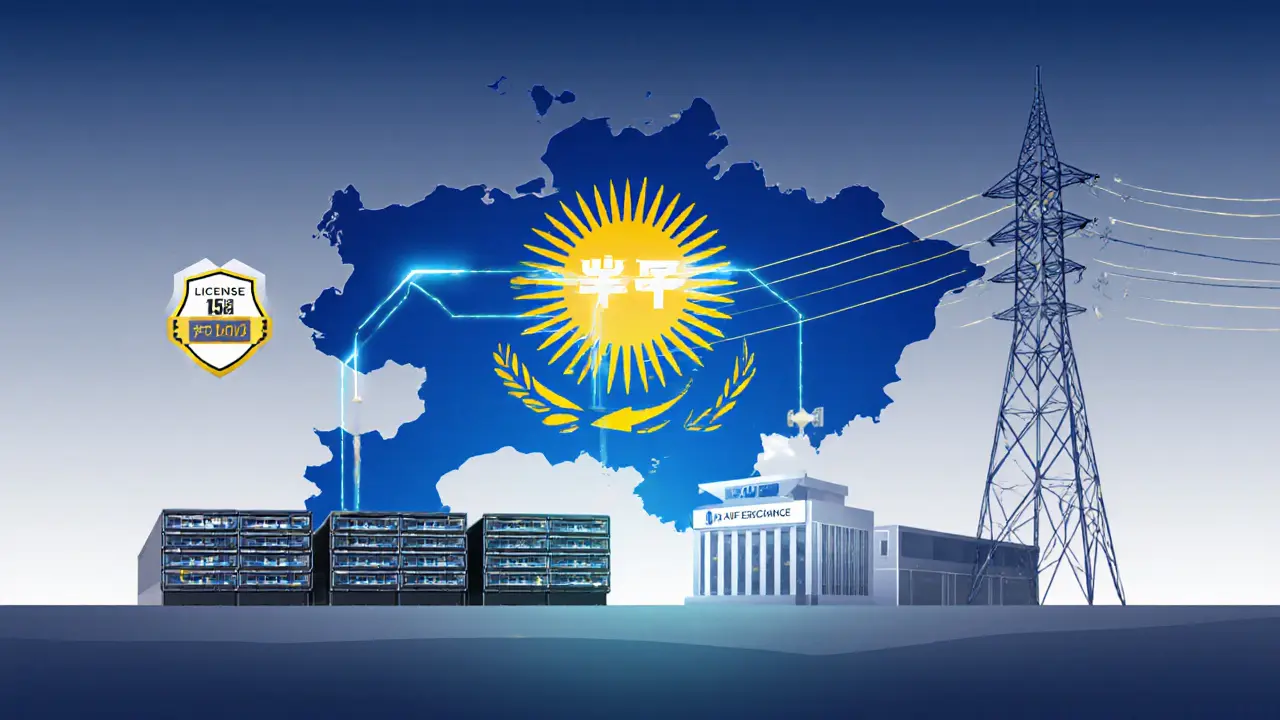Mining Licenses: What They Are and Why They Matter
When you hear Mining Licenses, official permissions that allow a company or individual to legally operate cryptocurrency mining equipment in a given jurisdiction. Also known as crypto mining permits, they set the legal framework for who can extract digital assets, what taxes apply, and how environmental rules are enforced. Mining licenses are the backbone of a compliant mining business because without them you risk shutdowns, fines, or even criminal charges.
These permits sit inside the broader world of Crypto Licensing, the collection of regulatory approvals required for any crypto‑related activity, from exchanges to wallet providers. If you’re looking at a mining operation, you’ll often run into the BitLicense, New York State’s specific permission for crypto businesses that handle customer assets or provide services in the state. The BitLicense influences mining licenses by adding extra compliance layers—anti‑money‑laundering checks, capital requirements, and consumer protection rules—that miners serving New York must adopt. Meanwhile, a Money Transmitter License, a state‑level approval for firms moving fiat or crypto funds on behalf of customers often parallels mining permits when the operation pays workers or sells mined coins directly.
How Regulatory Sandboxes Help Test Mining License Strategies
Many jurisdictions use Regulatory Sandboxes, controlled environments where crypto projects can trial services under relaxed rules before full licensing. A sandbox can let a mining startup experiment with energy‑saving tech or novel token models while regulators monitor risk. This relationship means that a sandbox program can fast‑track a mining license application by proving compliance in a low‑stakes setting. Countries like Thailand and members of the EU’s MiCA framework have embraced sandboxes to attract mining investment, offering clear milestones that link sandbox success to a full mining permit.
Understanding these connections helps you map out a realistic compliance roadmap. First, identify the jurisdiction’s baseline mining license requirements—often a business registration, proof of power contracts, and environmental impact studies. Next, check whether the region requires a broader crypto licensing step such as a BitLicense or money transmitter approval. Finally, see if a regulatory sandbox is available; joining it can shave months off the approval timeline and showcase your technology to regulators before you lock in a full‑scale operation.
Below you’ll find a curated list of articles that break down each piece of this puzzle. From step‑by‑step guides on US MSB registration to deep dives on Thailand’s exchange licensing, the posts cover the practical details you’ll need to secure a mining license and keep your operation running smoothly.

How Kazakhstan's Electricity Rationing Shapes Crypto Mining in 2025
May 28, 2025, Posted by Ronan Caverly
Explore Kazakhstan's state‑run electricity rationing for crypto mining, its licensing rules, illegal power theft case, and future policy outlook in a concise, expert guide.
MORESEARCH HERE
Categories
TAGS
- decentralized exchange
- crypto exchange review
- cryptocurrency
- crypto coin
- CoinMarketCap airdrop
- smart contracts
- tokenomics
- cryptocurrency exchange safety
- crypto exchange
- cryptocurrency airdrop
- crypto airdrop
- cryptocurrency exchange
- crypto airdrop guide
- blockchain token distribution
- DeFi
- crypto exchange scam
- crypto airdrop 2025
- Ethereum
- cross-chain interoperability
- ERC-20
